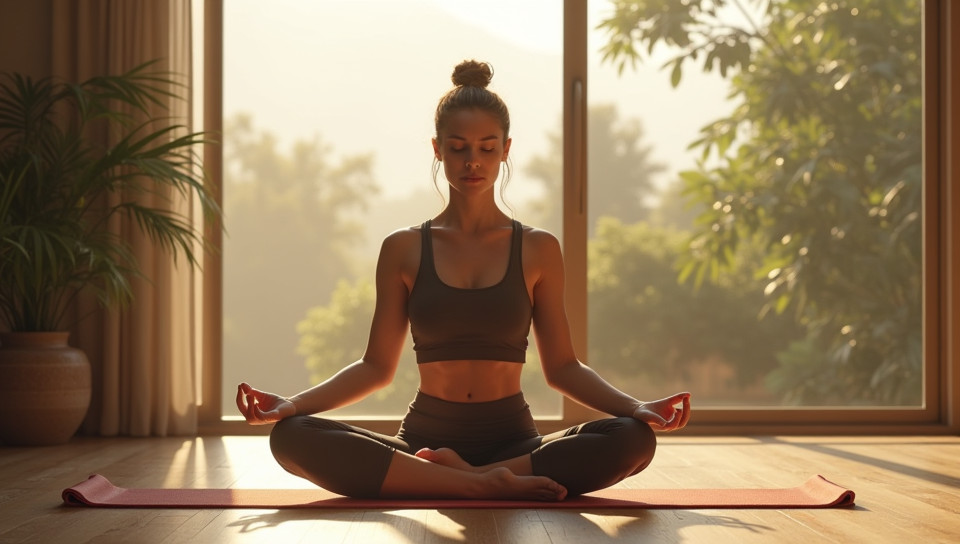Some yoga practices don't emphasize relaxation at all times 92%

The Misconception About Yoga: Embracing Intensity for a Deeper Practice
As we step onto our yoga mats, many of us expect to experience a sense of calm and relaxation. We envision ourselves flowing through gentle movements, breathing deeply, and dissolving into a state of tranquility. However, not all yoga practices are created equal, and some approaches emphasize intensity over relaxation.
The Origins of Yoga
Yoga has its roots in ancient India, where it was initially practiced as a form of physical posturing and breath control to prepare the body for meditation and spiritual growth. The word "yoga" itself means "union" or "merging," implying a connection between the individual self (jiva) and the universal consciousness (Brahman). In its early forms, yoga was not necessarily about relaxation but rather about cultivating physical strength, flexibility, and mental focus.
Modern Yoga Practices
Fast-forward to the present day, and we find a vast array of yoga styles that cater to diverse tastes and preferences. From gentle Hatha Yoga to dynamic Vinyasa Flow, there's something for everyone. However, some practices have strayed from their traditional roots and emphasize physical intensity over relaxation.
When Relaxation Takes a Backseat
Some modern yoga styles prioritize intense movement and physical challenge over relaxation and inner calm. These approaches can be beneficial for building strength, endurance, and agility, but they may not always align with the traditional principles of yoga. In these cases, relaxation is often sacrificed at the altar of progress and achievement.
- Some examples of yoga practices that don't emphasize relaxation include:
- Ashtanga Yoga: a fast-paced, physically demanding style that focuses on breath-synchronized movement
- Power Yoga: a high-intensity version of Vinyasa Flow that prioritizes physical strength and speed over relaxation
- Bikram Yoga: a hot yoga style that emphasizes intense physical posturing in a heated environment
The Importance of Balance
While some yoga practices may not emphasize relaxation at all times, it's essential to strike a balance between intensity and calm. Yoga is about cultivating awareness, flexibility, and inner peace, but it can also be a physically demanding activity. By acknowledging the importance of both intense physical practice and deep relaxation, we can create a more comprehensive understanding of yoga that honors its traditional roots.
Conclusion
Yoga is not one-size-fits-all, and different practices cater to diverse needs and preferences. While some approaches may prioritize intensity over relaxation, it's crucial to recognize the value of balance in our yoga journey. By embracing both physical challenge and inner calm, we can deepen our practice, foster greater awareness, and cultivate a more profound connection with ourselves and the world around us.
- Created by: Sophia Evans
- Created at: Aug. 23, 2024, 9:33 p.m.
- ID: 8020








